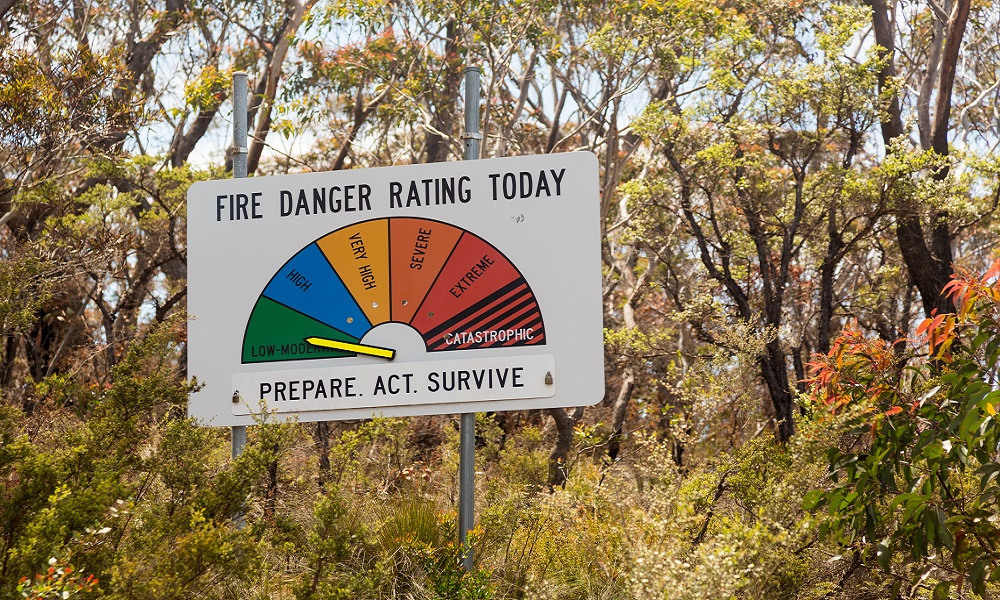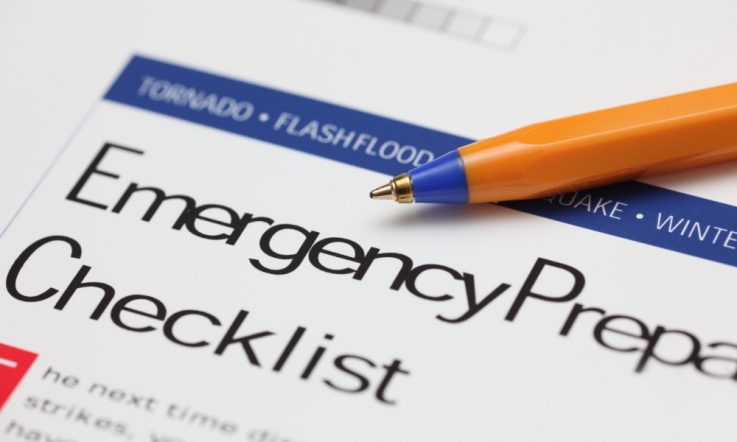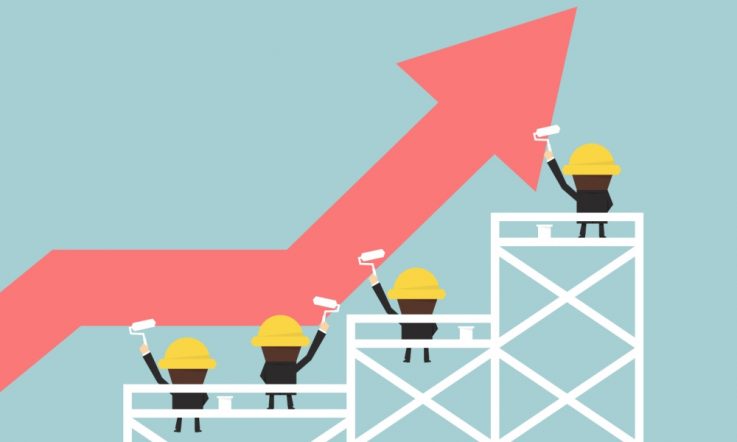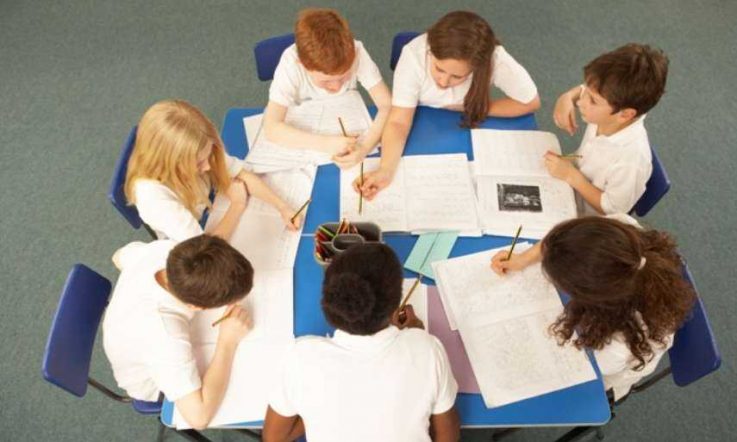Working at a school situated on the edge of the Ku-ring-gai National Park in New South Wales where bushfires are a threat, a team of four staff members are working towards encouraging students to be ‘disaster resilient' through project-based learning.
Barbara Ryan, Assistant Principal at St Ives North Public School (SINPS), helped develop a unit of work for the school's Stage 3 (Years 5-6) students. The unit, where students work to find solutions to bushfire problems, incorporates an aspect of a new Geography syllabus – focused on the impact of a contemporary bushfire hazard – with a STEM unit.
‘We took to designing the unit of study that encouraged scientific and mathematical thinking alongside critical and creative thinking … giving students the opportunity to engage deeply in project-based learning around a real-life authentic local problem,' Ryan tells Teacher.
The project, named Project Firestorm, involved approximately 200 students creating 65 group projects across a 12-week period with the help of 11 teachers. Six weeks in to the project, Rural Fire Service (RFS) staff visited the school to provide expert opinions on the students' progress.
The partnership between SINPS and the RFS involves regular collaboration, meaning the RFS is often a learning partner, Ryan says. ‘The RFS role was pivotal in sharing their expertise in bushfire management, in sharing their stories about what it was like to be in a bushfire [and] in providing current, accurate data about the impact of bushfires … but more importantly [to] provide a critical yet supportive audience where the students felt that their ideas were valued and their solutions were viable.'
During the project, students create empathy maps to keep as a reference. They also work with technology, including robotics and coding, CAD drawing, developing websites and apps, and thermal density testing.

Empathy maps were constantly revisited throughout the 12-week project. Image supplied.
The students follow the model of Empathise, Design, Ideate, Prototype, Test while also tracking their progress throughout the various stages of the project. For example, Ryan recalls when one student realised that her design for a shelter (which was a bunker) to protect family pets would be a problem if the owners of the pets were still in danger. In other words, she didn't consider the needs of all the people involved in her solution in the first stage of Empathise, so completed this stage twice. Going back to this particular stage of the model is quite common for students, Ryan says.
‘The fun really started when the students started to Ideate [and] think up all the amazing ideas, argue with each other, challenge and refine their ideas … during the Prototype and Test stages there were tears and frustrations when designs didn't work, and it was back to the drawing board.'

Some students designed an app for their project. Image supplied.
Staff at SINPS have been overwhelmed by the depth and complexity of learning that has come from this project. With the aim of addressing a range of learning outcomes across Geography, Science, Technology and Mathematics, areas of English, History and PE were also covered. The project also connects the classroom with families and the wider community, meaning the preparedness and responsibility for disaster management is widespread, Ryan says.
‘Through the success of the inquiry learning and problem-based project of Firestorm, Stage 3 students proved that they can be the catalyst for the community of St Ives to consider the impact of bushfire.'
Project Firestorm won St Ives North Public School a Resilient Australia Award in 2017. To register your school for this year’s awards, visit aidr.org.au/resilient-australia-awards.
The success of the SINPS bushfire education program was due to the collaboration with the RFS. How is your school collaborating with the community to enhance learning?
Think about a topic or unit of work you’re teaching later in the year. What external expertise in your local community would be of benefit? How could you go about accessing this expertise?



